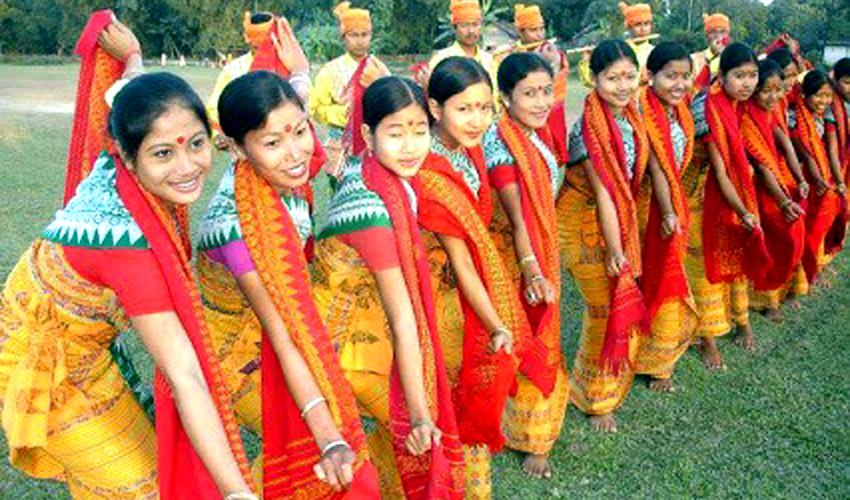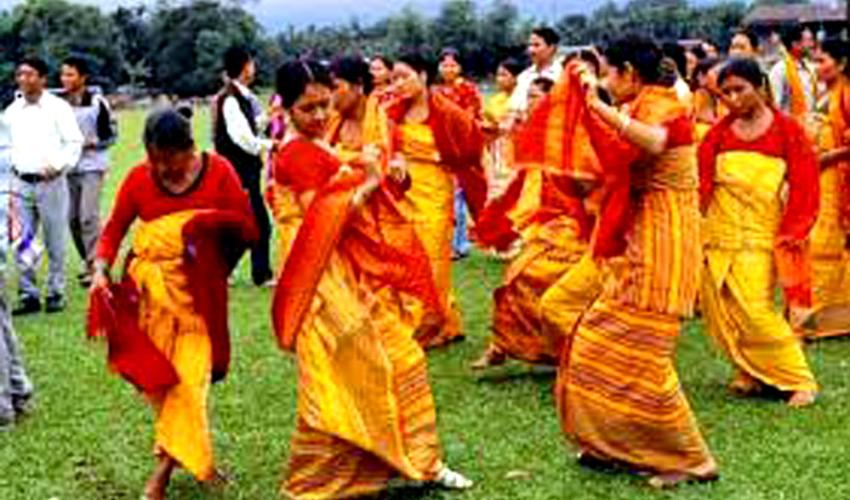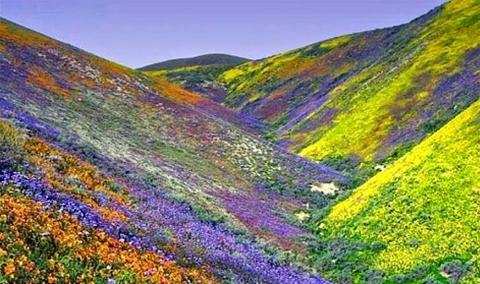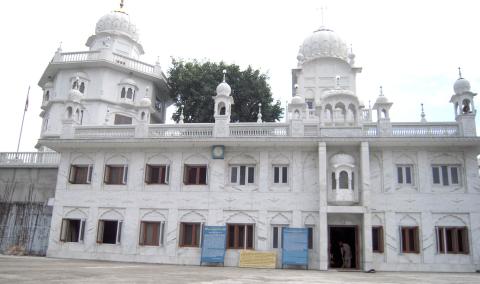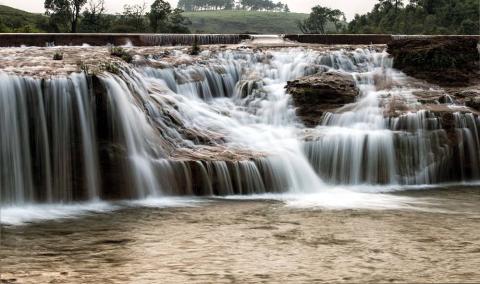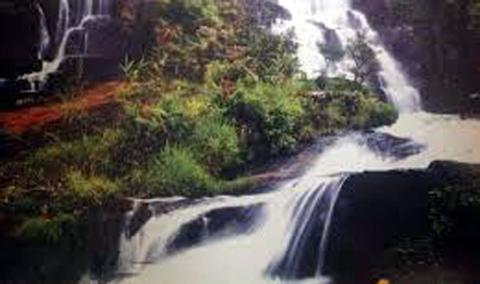Pomp and enthusiasm grip the Bodo people in Assam when spring arrives in the north eastern state. Tender leaves in the trees, sound of gurgling brooks and chirping of cuckoos transforms the state into a paradise on the planet. These colourful tribal people find it an occasion to showcase their rich tradition and culture. The much vaunted one is the Baishagu festival which marks the beginning of the cultivation time like the Rongali Bihu for the non Bodo people and the Baishakhi for the people in Punjab in mid April. Their culture and tradition are significant as the state’s largest tribal group belonging to the Indo-Mongoloid family migrated from Tibet and Burma who many decades ago settled, mostly, in Kokrajhar, Chirang, Bongaigaon, Udalguri, Baksa districts apart from some areas in upper Assam.
Their traditional new year begins in mid April when they celebrate the occasion with much pomp and gaiety. Like their non Bodo counterparts, they begin the festival with cow worship. The annual spring is allowed to continue for a week. Cow worship is followed by the Bathow pujas the next day whom the other Hindus call the Lord Shiva. The Bodos worship the Lord Shiva by offering rice beer and chicken on the second day of the festival.
The young ones seek blessings from the parents and elders in the festival which is dominated by the traditional songs and dances much to the delight of the foreign and domestic tourists. Feast and rice beer are an inevitable part of the occasion where the tourists can’t but join the festivity.
The songs and dances meet perfection when the traditional instruments like Kham, a drum, Khawbang, the cymbal, Gogona, the mouth-organ apart from ‘Siphung', the flute. Apart from these, they use serja, a bowed instrument, tharkha a piece of split bamboo and khum, a long drum made of wood and goatskin. The most popular word they utter is bagurumba hay bagurumba. “Bathou” dance aims at appeasing the Lord Shiva who is believed to have been existing in the thorny tree. It is also often called as butterfly dance as the participants look like flighty outstretch their arms with shawls resembling the wings of a butterfly. Dressed in traditional dokhnas; draped skirts and shawls, they perform the mesmerizing dance much to the delight of the tourists who visit the BTAD areas in the season to catch a glimpse of it. The closing ceremony takes places at a public place (Girjasali) with a community prayer.
Their traditional new year begins in mid April when they celebrate the occasion with much pomp and gaiety. Like their non Bodo counterparts, they begin the festival with cow worship. The annual spring is allowed to continue for a week. Cow worship is followed by the Bathow pujas the next day whom the other Hindus call the Lord Shiva. The Bodos worship the Lord Shiva by offering rice beer and chicken on the second day of the festival.
The young ones seek blessings from the parents and elders in the festival which is dominated by the traditional songs and dances much to the delight of the foreign and domestic tourists. Feast and rice beer are an inevitable part of the occasion where the tourists can’t but join the festivity.
The songs and dances meet perfection when the traditional instruments like Kham, a drum, Khawbang, the cymbal, Gogona, the mouth-organ apart from ‘Siphung', the flute. Apart from these, they use serja, a bowed instrument, tharkha a piece of split bamboo and khum, a long drum made of wood and goatskin. The most popular word they utter is bagurumba hay bagurumba. “Bathou” dance aims at appeasing the Lord Shiva who is believed to have been existing in the thorny tree. It is also often called as butterfly dance as the participants look like flighty outstretch their arms with shawls resembling the wings of a butterfly. Dressed in traditional dokhnas; draped skirts and shawls, they perform the mesmerizing dance much to the delight of the tourists who visit the BTAD areas in the season to catch a glimpse of it. The closing ceremony takes places at a public place (Girjasali) with a community prayer.
